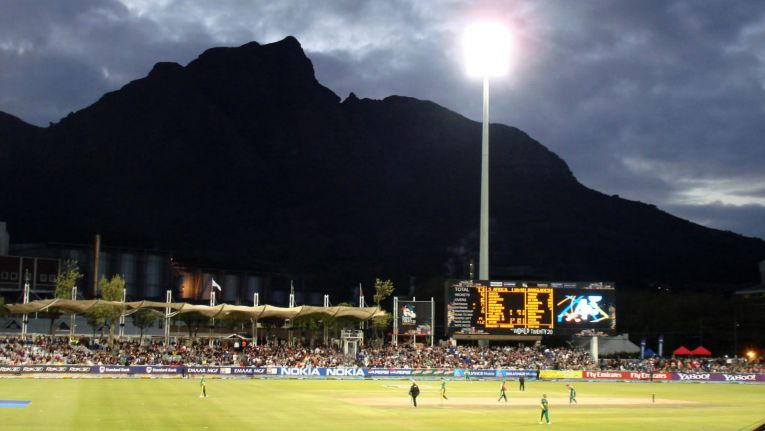The first ever booklet of the laws of cricket in isiXhosa was released on Friday.
In a significant historic milestone isiXhosa formally became one of the global languages of cricket when Cricket South Africa (CSA) board member and president of the Western Province Cricket Association, Beresford Williams, was presented with a copy of the first ever booklet on the laws of cricket in isiXhosa, launched in the President’s Suite at PPC Newlands on Friday.
The Department of Cultural Affairs and Sport in the Western Cape, linguist and isiXhosa language specialist Xolisa Tshongolo, the renowned cricket historian professor André Odendaal and other cricketing and academic stakeholders played pivotal roles in the extensive project to translate the rule book from English to Xhosa.
Prof Odendaal co-ordinated the history writing and translation processes, working with Lyndon Bouah (chief director for sport), Thabo Tutu (director for sport promotion of the Department of Culture and Sport) and Tshongolo (manager for translation, editing and interpreting services) from the department, which agreed to do an isiXhosa translation in co-operation with Cricket South Africa and the MCC.
Tshongolo called meetings with experts in the field to discuss the ins and outs of the game and the deep terminology that was needed to be understood and created.
The Western Cape provincial language forum was used to verify and endorse the new isiXhosa terminology. The forum was assisted by language practitioners who are familiar with the game, such as expert consultant, Peter Bacela, a former SAACB national cricketer and experienced Xhosa cricket commentator for SABC.
‘We are collaboratively engaged in translating code-specific material to facilitate learning, understanding and mastering various sports codes, which before was only available in either English or Afrikaans,’ said Anroux Marais, MEC for Cultural Affairs and Sport in the Western Cape.
She said it remained a challenge to promote particular sporting codes in vulnerable townships and rural areas, especially in previously disadvantaged communities due to inadequate infrastructure.
‘For meaningful social inclusivity to thrive, the gap had to be reduced and eventually closed. In promoting the rarest codes to vulnerable areas, language was cited as the major tool to facilitate the program,’ Marais added.
Brent Walters, head of Department of Cultural Affairs and Sport, said through the development of cricket terms they are adding to the lexicography of the Xhosa language.
‘We need to act in a way that talks to the heart of our people… we do not only need to say that people are included. We need to demonstrate this through our actions and deeds.’ Connecting in the mother-tongue with our young people provides a special intangible value, Walters added.
Prof Odendaal said this Xhosa-language book, produced around 160 years after cricket was first played by Xhosa-speaking South Africans, came ‘a century too late’, but was an act of recognition and redress, much more than a mere translation.
Xhosa speakers were playing in numbers and with enthusiasm throughout the then Cape Colony. For example, by 1864 cricket was the favourite game of the sons of kings and chiefs at Zonnebloem College.
African teams took on and performed credibly against the white town clubs in the Cape Colony of the time, and the first of 16 Native Inter-Town Tournaments in 1884 was one of the earliest representative competitions in sport in South Africa.
In 1898/99 African cricketers were among the leaders in setting up the South African Coloured Cricket Board (one of the oldest national cricket controlling bodies in the world) and starting the interstate tournaments for the Barnato Trophy. This was in the same decade as the official County Championship in England, the Sheffield Shield in Australia and the whites-only Currie Cup were launched







